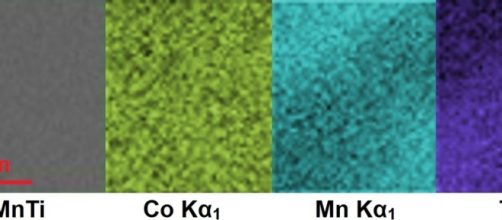Scientists from Duke university have used computers to create materials from scratch. Using their Computational Models, they studied the magnetic behavior of these materials and also predicted how to build them step by step. The researchers synthesized two of these materials, one of them is made of cobalt, manganese, and titanium. The second is made of manganese, platinum, and palladium. The researchers successfully found magnetic properties in the materials, in addition, they predicted the temperature in which the material would lose their magnetic properties.
Their work was published in Science Advances under the name "Accelerated discovery of new magnets in the Heusler alloy family."
Magnets
We are all familiar with magnets, these materials that attract things with an unseen force of magnetism. Magnets are used and applied in many fields in real life, they are used in cars and medical machines like the Magnetic resonance imaging or MRI, and many other applications as well. Unfortunately, magnets are very rare among other materials, only forming about 5% of all physical materials, which in turn make them an expensive material to buy. Scientists are constantly searching for a way to produce materials with magnetic properties, however, it is not a very easy task to do.
In the new study, the scientists were able to make use of computers to solve the problems of creating magnetic materials, and they were successful in creating two of them.
Computers discovering magnets
Predicting magnetic materials is a very complex mission, so scientists used computers to successfully model and predict those materials.
Working on a group of materials called Heusler alloys -- a class of materials composed of 3 different elements. The scientists, using computer models, performed a selection process from all the possible combinations (236,115 arrangements). Using theoretical considerations and computational processes, the scientists found only 14 candidates that could, in reality, have magnetic ability.
After years of work, they finally created two real materials out of the chosen 14 with real magnetic properties as expected.
This achievement can certainly have huge implications, as well as applications in the near future.

